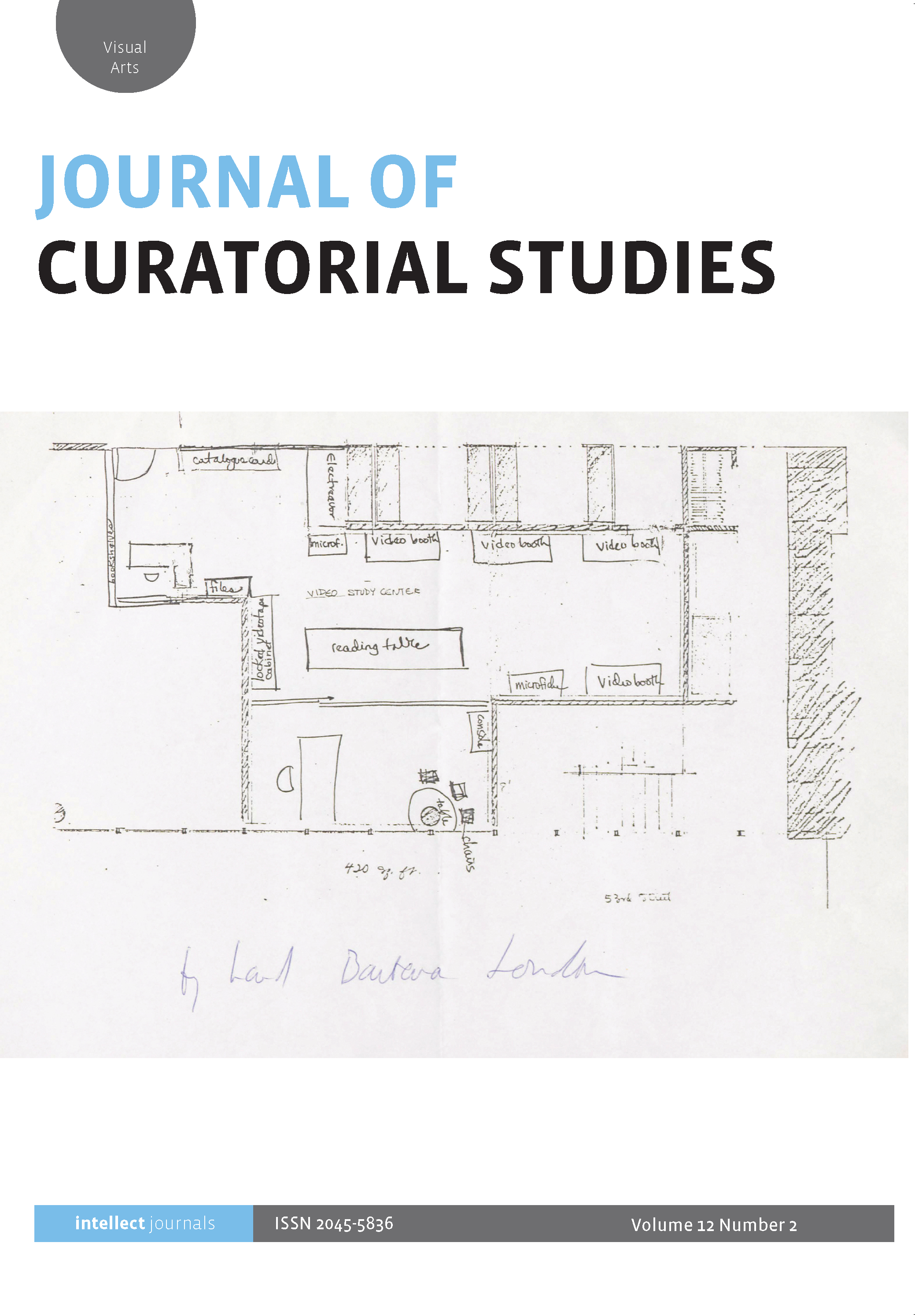
Full text loading...

This article examines the possibilities of using the Italian feminist praxis of affidamento, or entrustment, as a curatorial methodology, arguing that it has the capacity to transform galleries into spaces where the generative potential of social differences is foregrounded – rather than repressed – and where intergenerational knowledge, and its attendant affects, can be shared. Reflecting on my role as a founding member of the feminist working group EMILIA-AMALIA, which, since 2016, has organized free film screenings, public talks, collective meals and writing workshops, I chart the ways Italian feminist philosophy has informed the group’s curatorial work and ask whether affidamento offers a model for pedagogical participation within the gallery that recognizes and validates the varied, and often conflicting, needs and desires of generations of feminist practitioners.

Article metrics loading...

Full text loading...
References


Data & Media loading...

Publication Date:
https://doi.org/10.1386/jcs_00095_1 Published content will be available immediately after check-out or when it is released in case of a pre-order. Please make sure to be logged in to see all available purchase options.